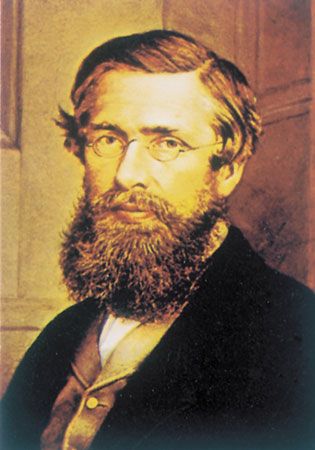ADITYATHEDARWINIAN Is Now ADIDARWINIAN
The website named Adityathedarwinian which was previously hosted as a free blog at WordPress is now Adidarwinian – Health, Biology, Science (https://adidarwinian.com / https://electro-homeopathy.com)
This move has been made by the author – Dr Aditya Sardana aka Adidarwinian – after the great success of the free blog. The motive behind the move is to attain more power of expression and full customization. This new website, rather a scientific platform, is free from the constraints of scarcity of space, and hence, can be readily enriched with articles containing exhaustive content, in-depth research papers, informative write-ups, and rich media like videos and pictures. This new scientific platform is supposed by the author to better serve his motive and the passion to the knowledge-seeking readers around the world.
All the new content will be posted here (Adidarwinian – Health, Biology, Science / Electro-homeopathy.com) and here only!! Your author remains the same – Dr Aditya Sardana aka Adidarwinian
Aditya Sardana aka Adidarwinian as the Author of this Scientific Platform:
- This entire website ( or scientific platform as it author desires it to be known as) has been authored by Dr Aditya Sardana (Adidarwinian).
- Dr Aditya Sardana is an electro-homeopathic and alternative medicine practitioner, naturalist, fanatic biologist, and holds degrees in Electro-Homeopathy, Alternative Medicine, Pharmacy and Bioinformatics (click here to know – what is Bioinformatics?).
- Dr Aditya Sardana has authored many research articles on health, biology, medicine, pharmacy, pets, animals, applications and software, Information Technology or IT, and cloud computing (click here to know – what is Cloud Computing?).
- He has worked as the SME or Subject Matter Expert in the field of Biology.
- He has also authored technical and white papers on IT, software, and cloud computing.
- He submitted thesis on “The Bioinformatics of the Alzheimer’s disease”.
- He has written detailed write-ups/monographs on drugs.
- He has written detailed monographs on the Medicinal Plants.
- He has worked as Medical Editor with various health portals.
- He is an ardent reader of the literature on all fields that come within the scope of both the Allopathic system of medicine and the Complementary or Alternative Systems of Medicine.

